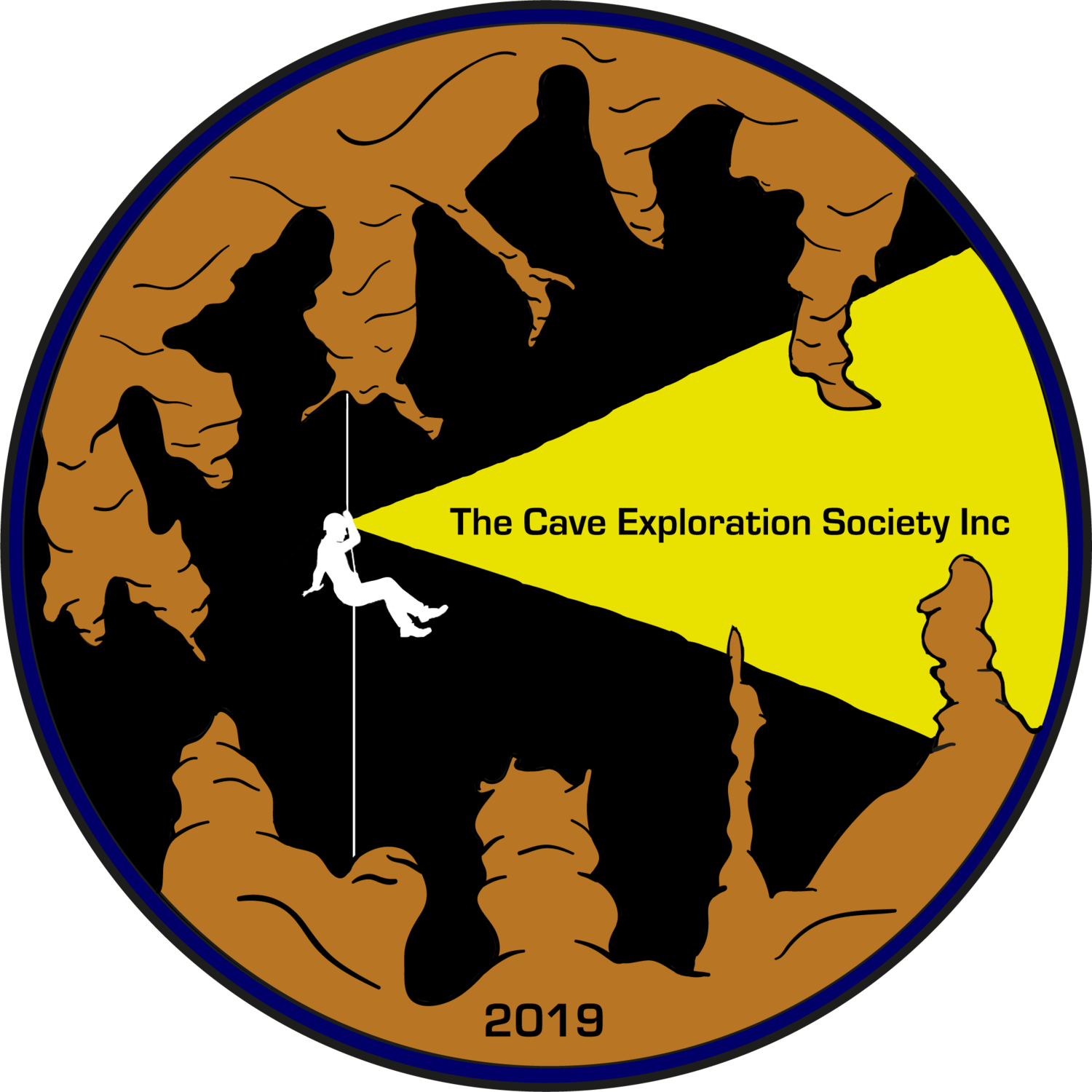The Flight Deal and their Facebook page are good sources for cheap flights. My home airport, Boston, has its own deal page. If you are opportunistic or with some luck, you will be able to find some incredible flights for your next expedition.
Did you know that airlines charge different amounts of money for the exact same flight, depending on where you live, or where the airline thinks you live? Example. If someone in Spain wants to buy a plane ticket from BOS to LAX, they will more than likely pay less than someone living in the US, even though they are looking at the same flight.
See for yourself. Go to AA.com and search for a flight. (You can do this for any US airline, it doesn’t have to be AA.) Then go to the Spanish version of AA and search for the same flight. Try it with different countries, you will see that many of them have different prices. The price difference could be $10-$20 or a few hundred dollars. If you book on a foreign website, use a credit card that doesn’t charge your a foreign transaction fee.
Hope this helps!

